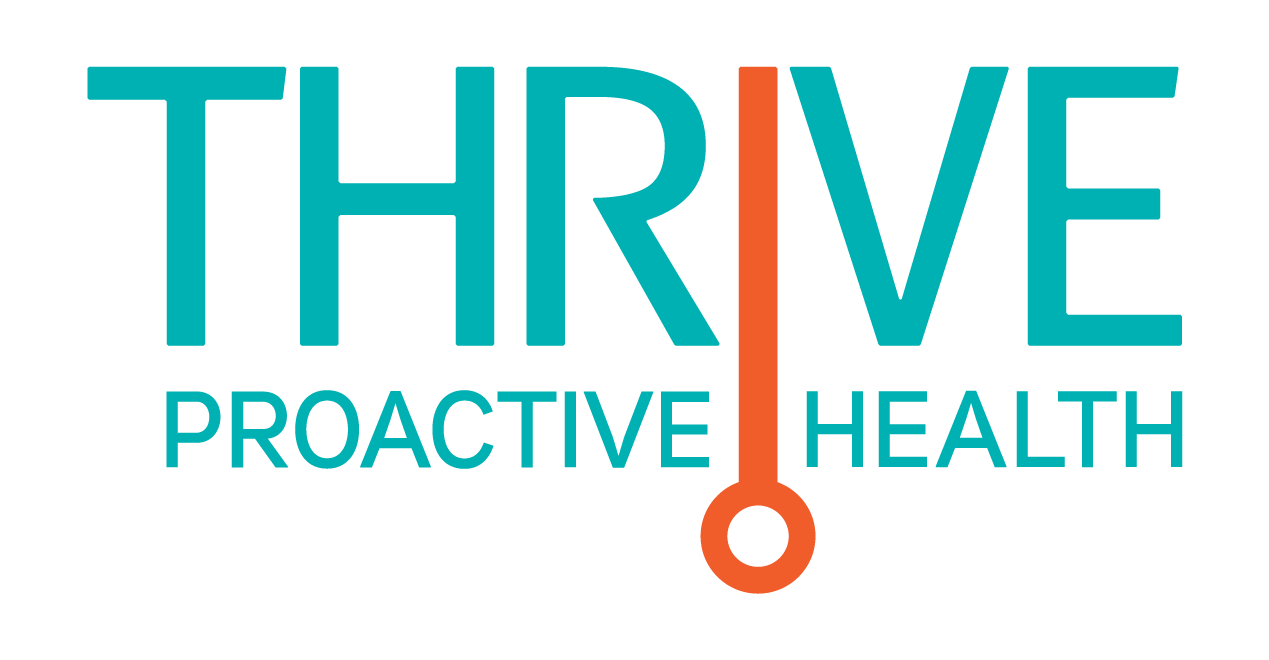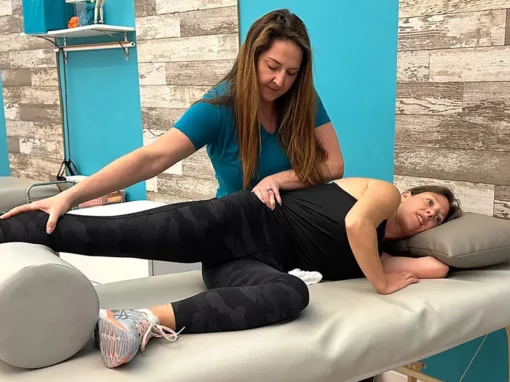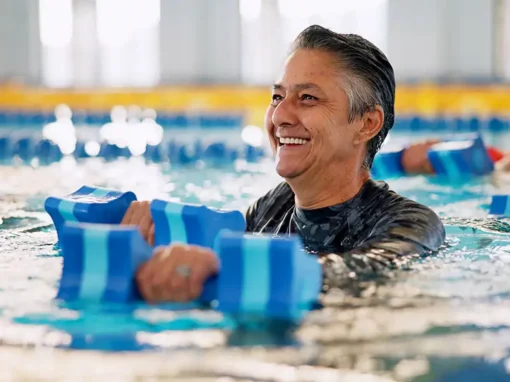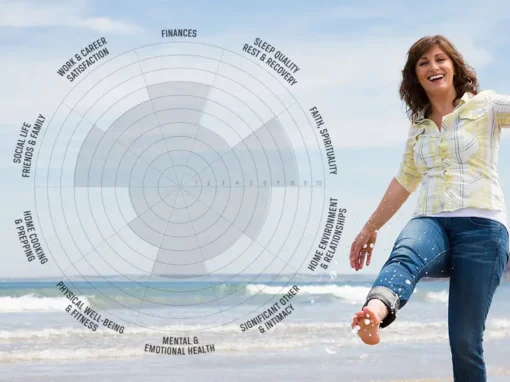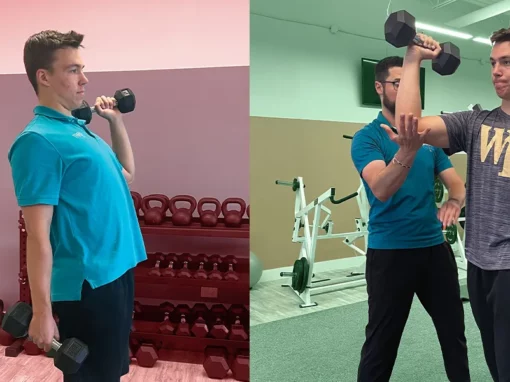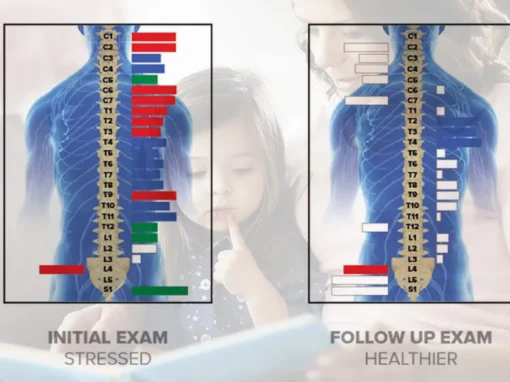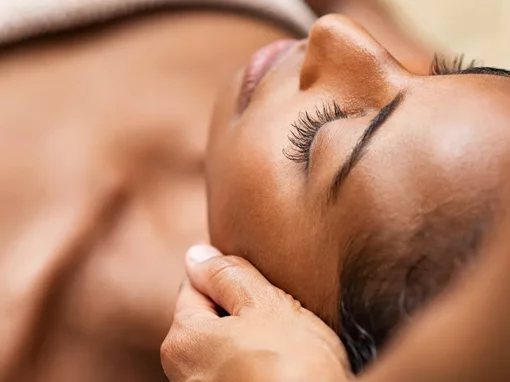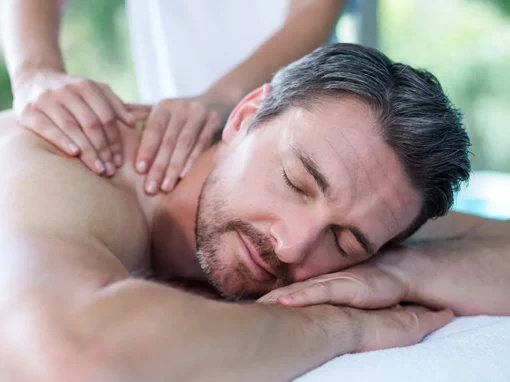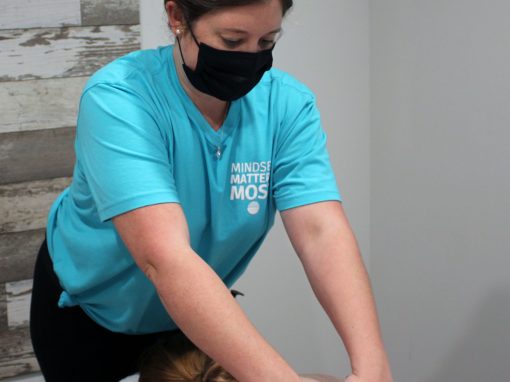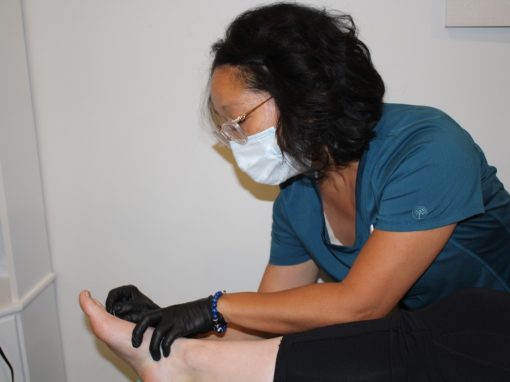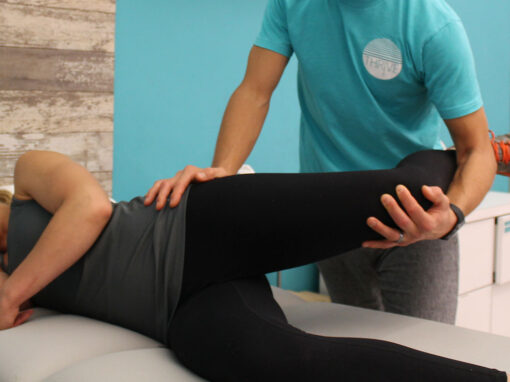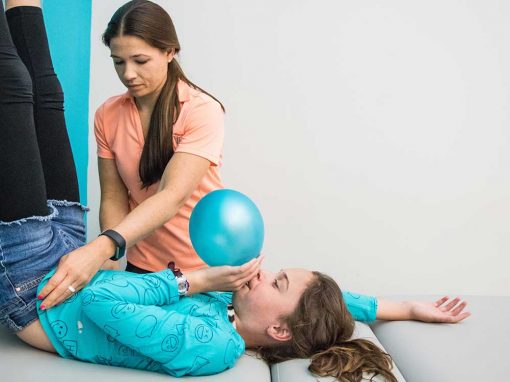Have you ever wondered what sets a medical massage apart from a spa massage? While both involve the art of hands-on bodywork, the difference between them lies in their purpose, approach, and expected outcomes. At Thrive Proactive Health, our massage therapists are highly trained in both medical and spa massage techniques. Our mission is to help you understand which type of massage best suits your current needs so you can achieve your wellness goals effectively and confidently.
Purpose and Intention for Medical Massage
Medical massage is results-driven and guided by a specific therapeutic goal. Whether it is to reduce chronic pain, recover from an injury, or manage symptoms of a musculoskeletal condition, medical massage is designed to correct and restore. These massages are particularly helpful for conditions that limit your movement or interfere with daily life, such as back and neck pain, migraines, carpal tunnel syndrome, sciatica, fibromyalgia, scoliosis, and post-surgical recovery.
Often, medical massages are part of a broader treatment plan and may be prescribed by a physician. In some cases, they are covered by insurance, HSA/FSA accounts, or workers’ compensation programs, particularly when coordinated with other healthcare professionals or legal representatives.
Spa Massage
Spa massage, on the other hand, is focused on overall relaxation and general well-being. The goal here is to relax the mind and body, relieve minor stressors, and encourage self-care. Unlike medical massage, it typically does not target specific injuries or conditions, and is not covered by insurance. Instead, it offers a tranquil experience where you can let go of tension and simply feel good.
This form of massage is often viewed as a wellness indulgence, suitable for special occasions, as a gift, or as a regular part of a stress management routine.
Purpose and Intention for Spa Massage
Spa massage, on the other hand, is focused on overall relaxation and general well-being. The goal here is to relax the mind and body, relieve minor stressors, and encourage self-care. Unlike medical massage, it typically does not target specific injuries or conditions, and is not covered by insurance. Instead, it offers a tranquil experience where you can let go of tension and simply feel good.
This form of massage is often viewed as a wellness indulgence, suitable for special occasions, as a gift, or as a regular part of a stress management routine.
Training and Techniques for Medical Massage
Massage therapists who specialize in medical massage have advanced training in anatomy, physiology, and pathology. They are often required to take ongoing continuing education courses to stay current with best practices. At Thrive, our therapists assess your mobility, measure range of motion, and identify muscular imbalances before tailoring a session to meet your therapeutic needs.
Techniques commonly used include:
- Deep tissue massage
- Myofascial release
- Neuromuscular therapy
- Trigger point therapy
- PNF (Proprioceptive Neuromuscular Facilitation) stretching
- Sports massage techniques
- Lymphatic drainage
Tools and products may also be incorporated, including:
- Cupping
- Hot and cold therapy
- Percussion devices (like Hypervolt)
- Fascia blasters
- Therapeutic creams and gels
Medical massage sessions are documented thoroughly. Therapists maintain HIPAA compliance, record progress, and often collaborate with other healthcare providers involved in your care.
Training and Techniques for Spa Massage
While spa therapists are also licensed professionals, the techniques they use are geared toward promoting relaxation rather than treating specific ailments. They provide a consistent full-body experience, often including facial, scalp, hand, foot, and even abdominal massage if desired.
Common techniques and enhancements include:
- Swedish massage
- Aromatherapy
- Hot or cold stones
- Body wraps
- Gentle, rhythmic strokes
Pressure is usually light to moderate and carefully modulated to remain within the client’s comfort zone. Minimal health history is collected, mostly to ensure that there are no contraindications for treatment. Consent forms allow for services at the client’s discretion.
Outcomes and Results for Medical Massage
The outcomes from medical massage are typically more measurable. Clients often experience significant improvements in range of motion, reduced pain, and improved physical function. Because the work is targeted, sessions can sometimes feel intense, even uncomfortable at times, but the relief and progress achieved are worth it.
You may hear this kind of massage described as a “good hurt” that brings long-term benefits. Sessions are usually part of an ongoing plan that evolves based on your needs and goals. Progress is tracked through objective assessments and documented results, offering you clear benchmarks for recovery.
Medical massage also supports emotional wellness by helping reset the nervous system, ease anxiety-related symptoms, and promote resilience. Therapists often offer guidance on posture, ergonomics, and home care practices to support your healing journey.
Outcomes and Results for Spa Massage
Spa massage, in contrast, aims to leave you feeling pampered, relaxed, and rejuvenated. There are no clinical goals or assessments, and the success of the session is largely based on how relaxed and refreshed you feel afterward.
Clients often enjoy amenities like soothing music, dim lighting, calming scents, a warm beverage, or even a small take-home gift as part of the spa experience. These sessions provide an opportunity to disconnect from daily stressors and reconnect with yourself.
Spa massages are ideal for anyone looking to unwind, enjoy some peace and quiet, and invest in regular self-care. They can complement a healthy lifestyle, improve sleep quality, reduce tension, and enhance overall mood.
So Which One is Right for You?
Choosing between a medical massage and a spa massage ultimately depends on your needs and goals. If you’re dealing with a specific issue like chronic pain, limited mobility, or post-injury recovery, a medical massage is likely the better choice. If you’re looking for stress relief, relaxation, or a special treat, then a spa massage may be perfect for you.
At Thrive Proactive Health, we are proud to offer both modalities under one roof. Our massage therapists take the time to understand your goals and recommend the right type of session for your needs. In some cases, a hybrid approach may even be appropriate, combining therapeutic techniques with relaxing elements to offer the best of both worlds.
Experience the Thrive Difference
Massage therapy is a powerful tool for healing, recovery, and wellness. Whether you’re on a journey to address chronic pain, reduce stress, or simply enjoy a moment of peace, our team is here to guide and support you.
At Thrive, we believe in treating the whole person, not just the symptoms. Reach out today and let’s talk about which massage service is best for you. We invite you to experience for yourself the difference between a medical and a spa massage. Let us help you thrive in every sense of the word.
